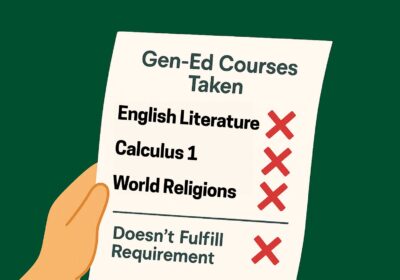Netflix should not abandon current rating system

Netflix is ditching the five-star-rating system in favor of a thumbs-up, thumbs-down process. ORACLE PHOTO/JACKIE BENITEZ
Netflix has decided the five-star rating system is too complicated for its users and announced at a recent conference it would be switching to a thumbs-up, thumbs-down system.
Apparently, the company believes the new method will be “easier” for users to tell the streaming site what type of films and shows they like. However, easy does not always equal better.
Yes, it takes the user a few moments more to determine how many stars they will rate a film, but the extra step helps the company analyze exactly what type of entertainment each user prefers, ensuring the recommended sections on the site are as accurate as possible.
More importantly, it helps viewers see exactly how the public feels about a film or show.
When a user chooses a star rating, they have to reflect on the plot, the acting, the cinematography, the writing and the overall feel of the piece.
Some films are good, but don’t warrant four or five stars. If it were a simple thumbs-up or thumbs-down system, it would undoubtedly earn many thumbs-up, however it is by no means a masterpiece. But the viewer wouldn’t know that on first glance because they would just see that a lot of people liked it.
Netflix analyzes what the user actually watches more so than which movies they rate favorably or unfavorably, so the recommended section may not drastically change with the new program. So, it will still be simple to find a show nearly identical to the many other shows you watch.
But when it comes to new or unfamiliar territory, the viewer will be going in blind.
Most people are savvy enough to know what mainstream media pieces they will prefer. Their friends make recommendations; they’ve seen commercials and social media trends have provided the general feel of the show.
However, lesser-known pieces — foreign films, documentaries, independent films, stand-up comedy, LGBT films and cult classics — are not obsessively watched by the general public. Thus, the rating is important for someone who stumbles upon the section.
A film with an average of three stars versus five stars is a big difference. Both would likely earn thumbs-up, but one is obviously superior to the other.
Netflix should not assume its users are so simpleminded they can’t handle clicking on a star versus a thumb. It may be easier for the company, but it is hurtful to consumers.
Yes, all major sites use a like or dislike system. YouTube, Spotify, Pandora, Tinder and all social media websites use the basic review system to generalize what content users prefer.
But when it comes to entertainment, whether it is a 20-minute show or a three-hour movie, we deserve to be picky. Sometimes it’s better not to copy what everyone else is doing, but to remain unique.
IMDB, Rotten Tomatoes, Meta Critic and review sites like Roger Ebert all use the rating system to properly analyze the worth of a film or show. Unlike songs or Facebook posts, there are far more aspects to take into consideration.
It’s a tried and true system, and abandoning it for a simpler process is an asinine decision.
Breanne Williams is a senior majoring in mass communications.







